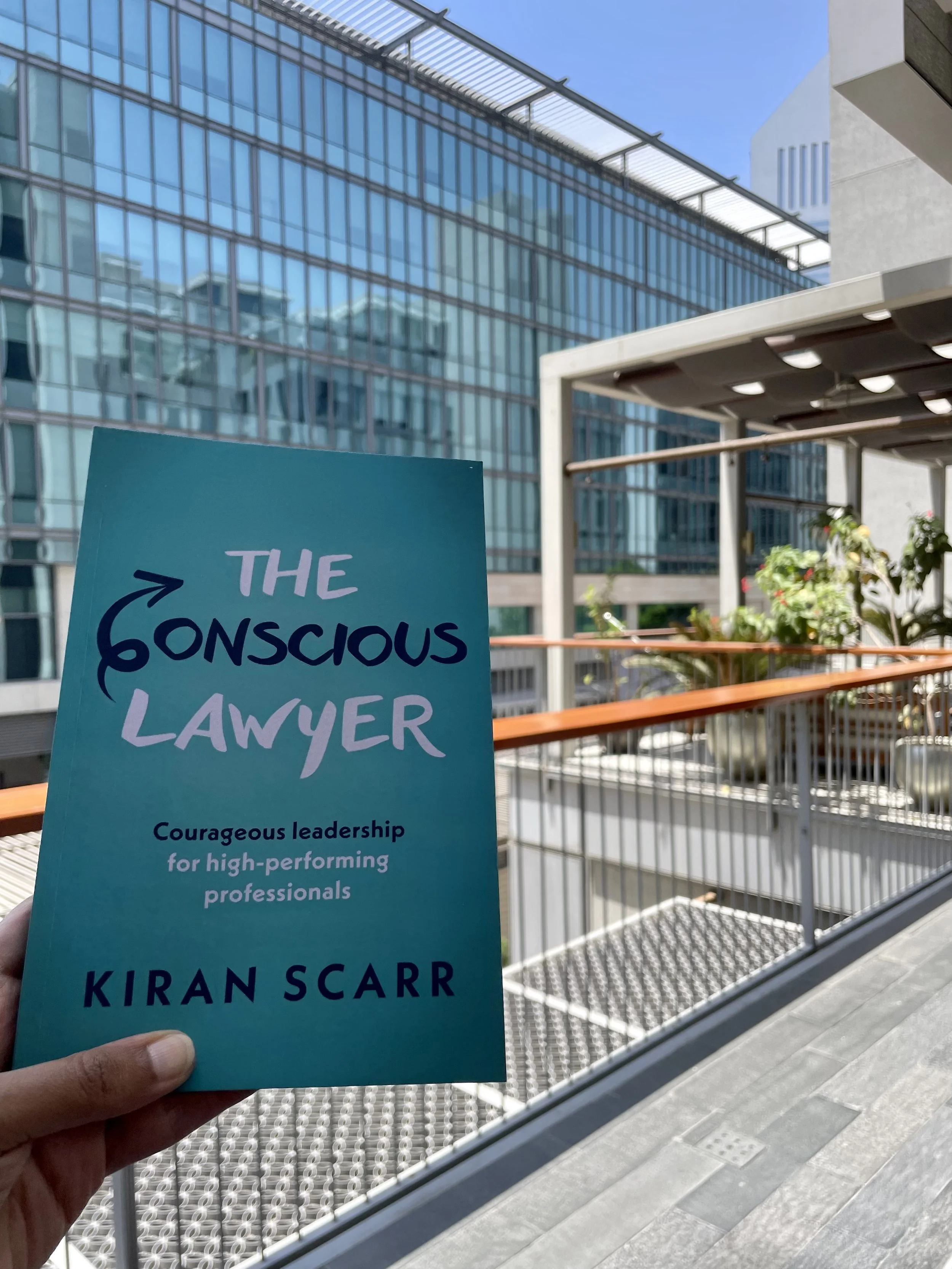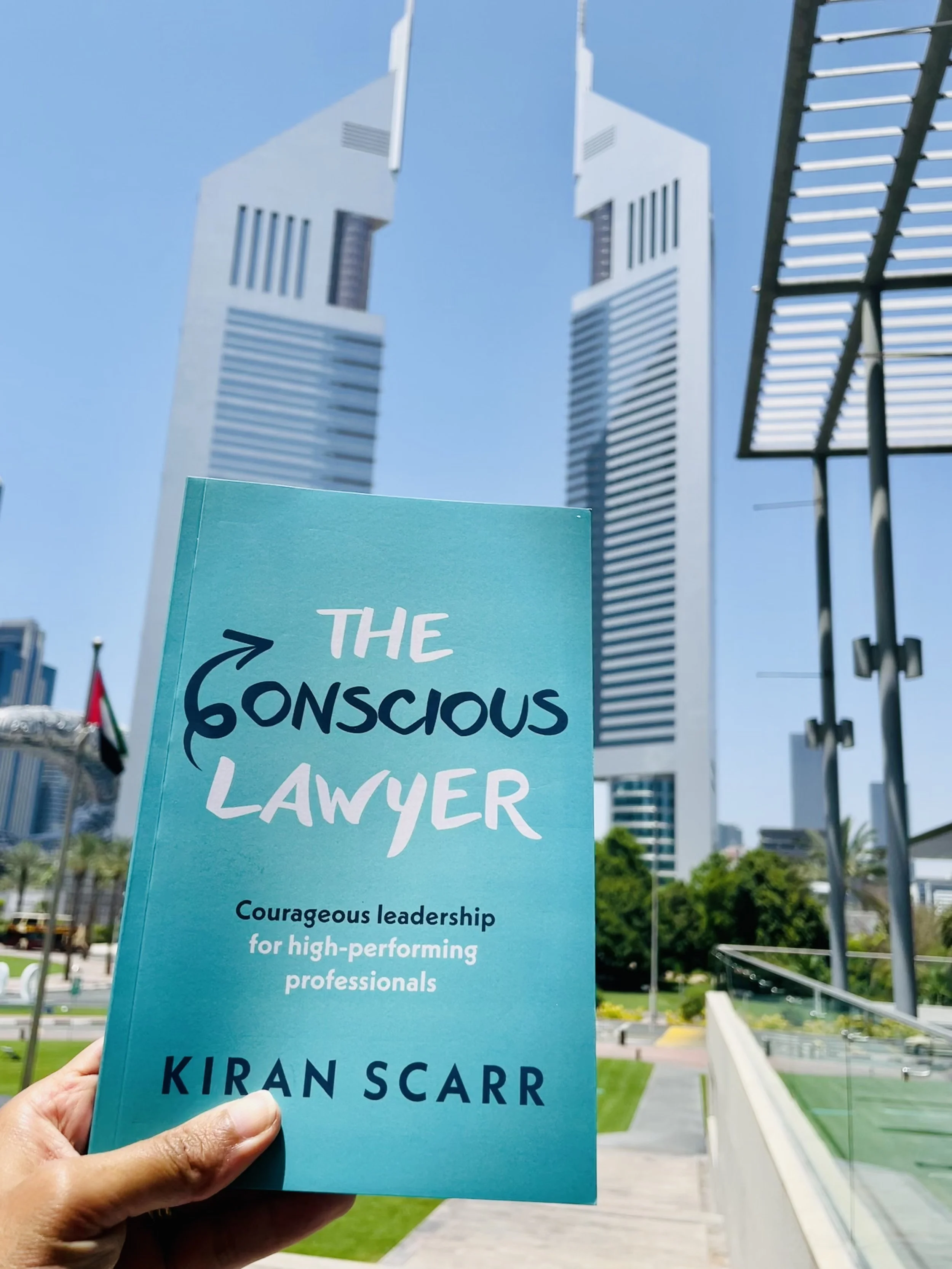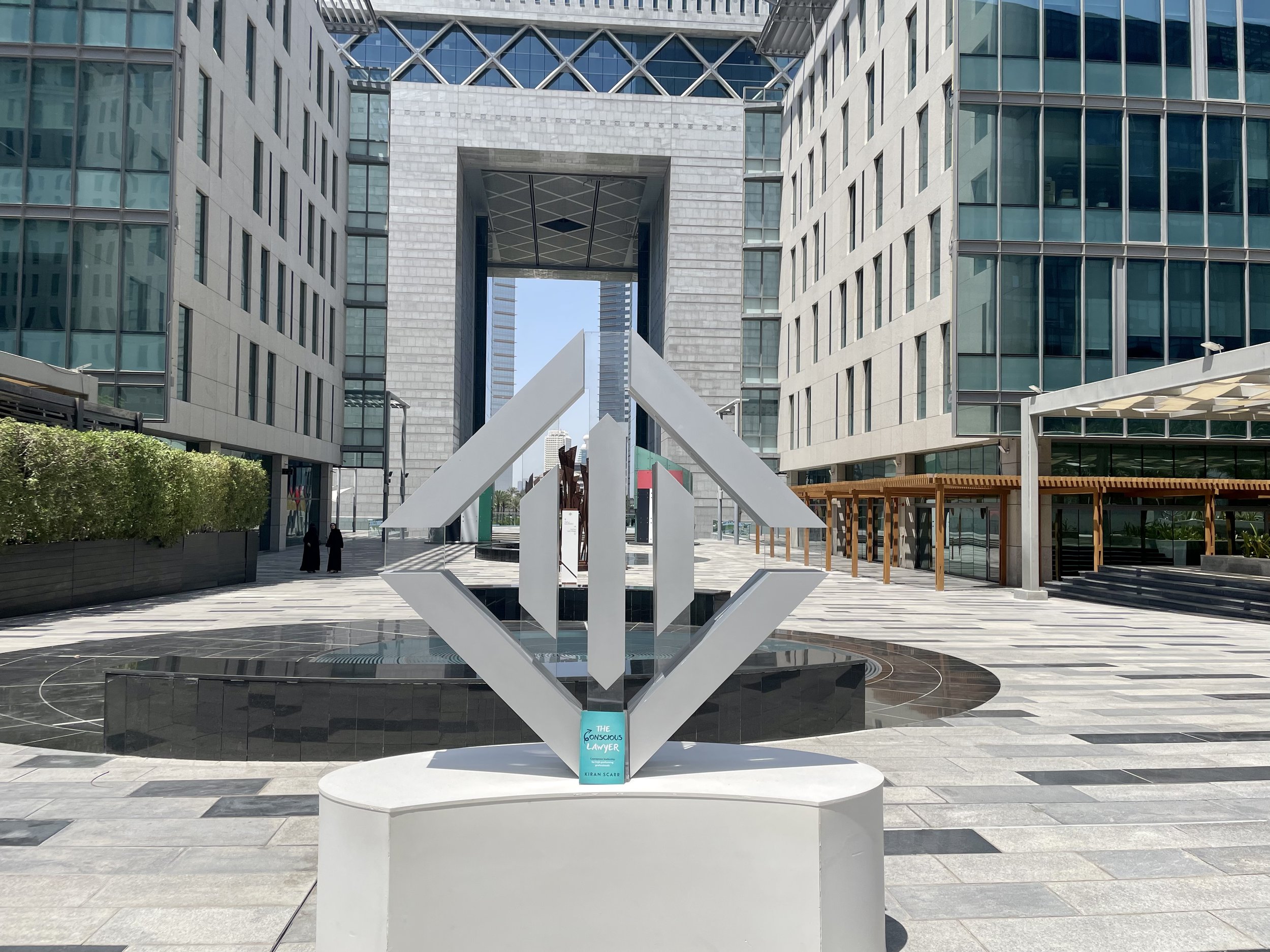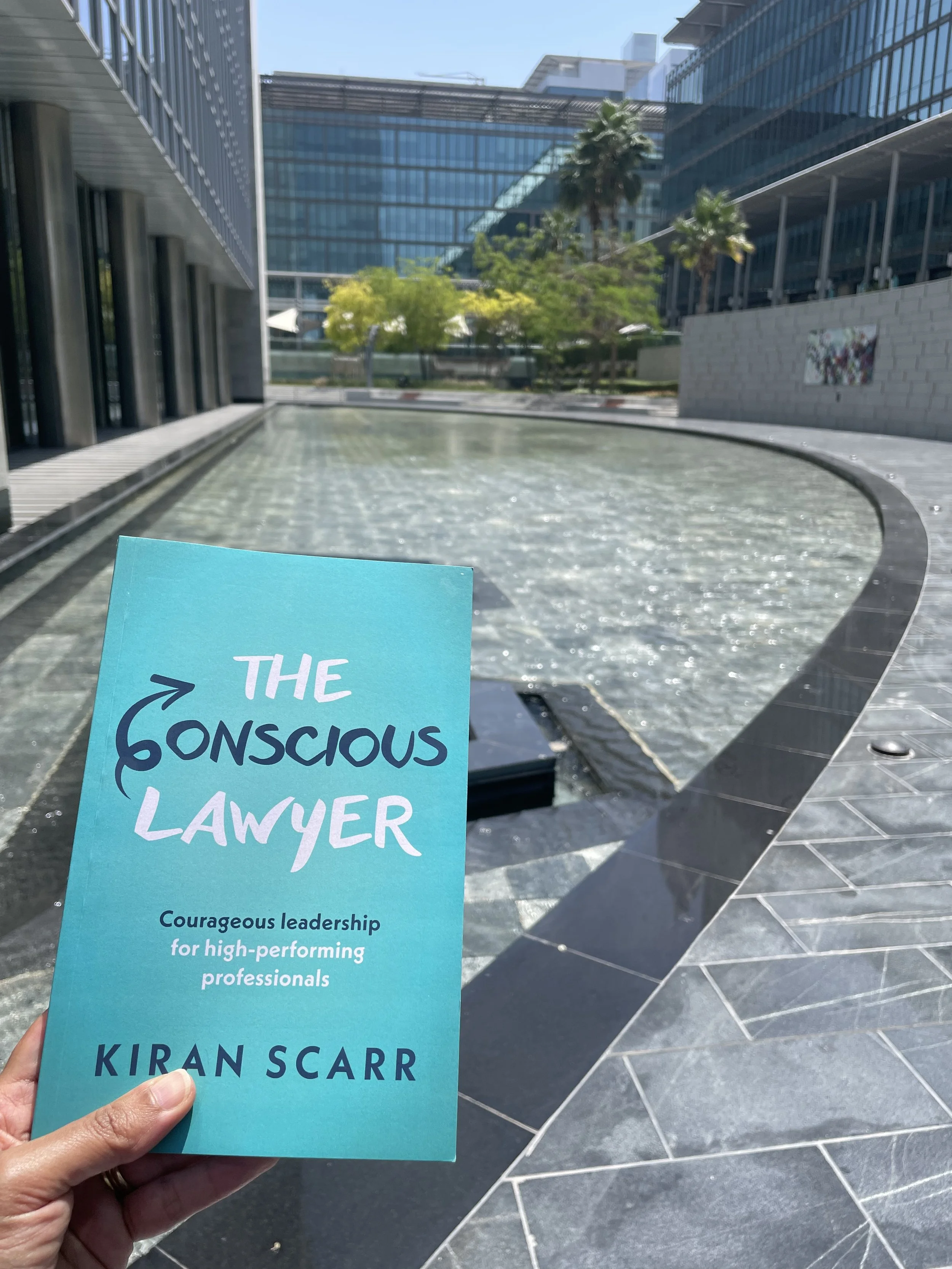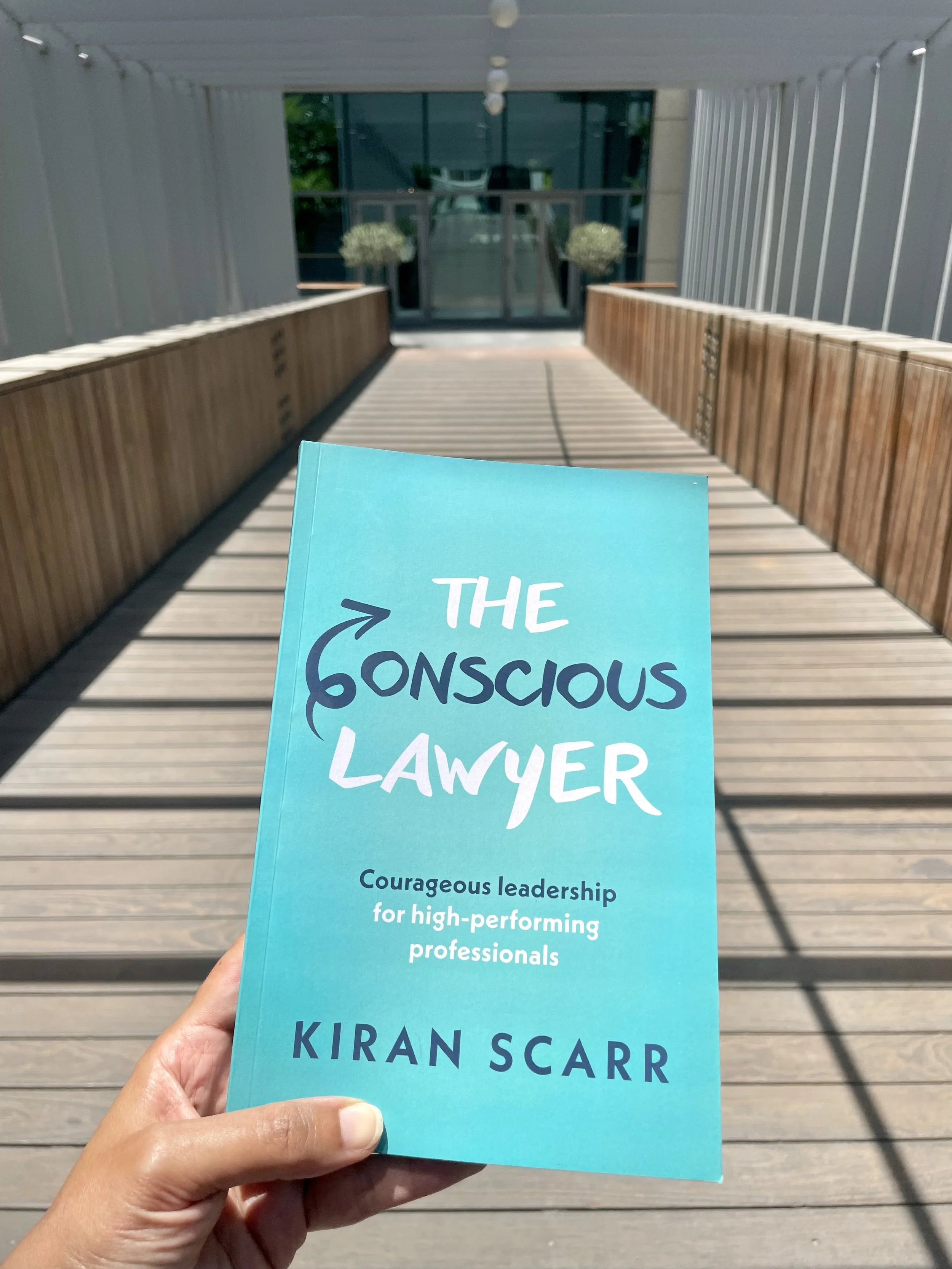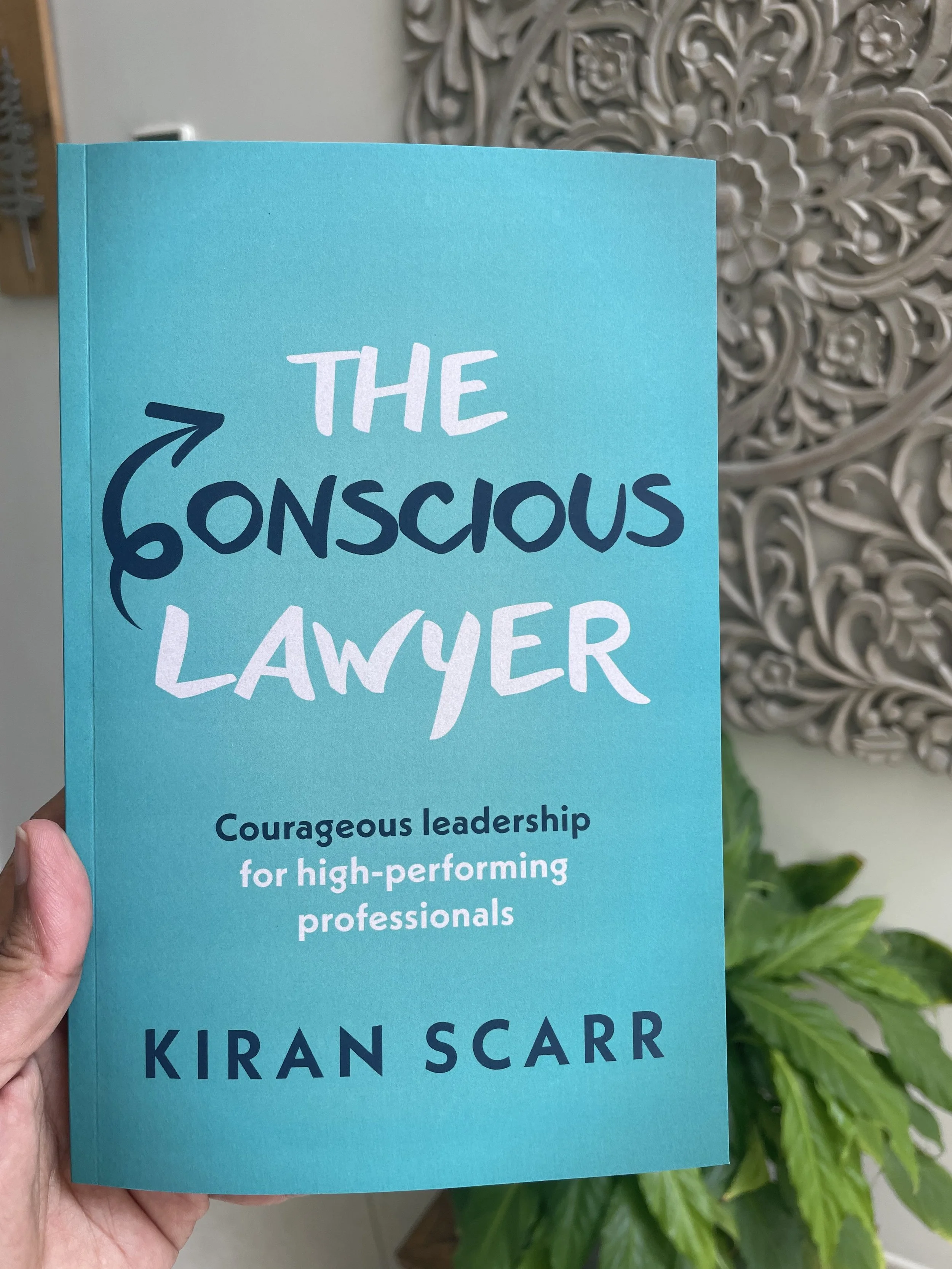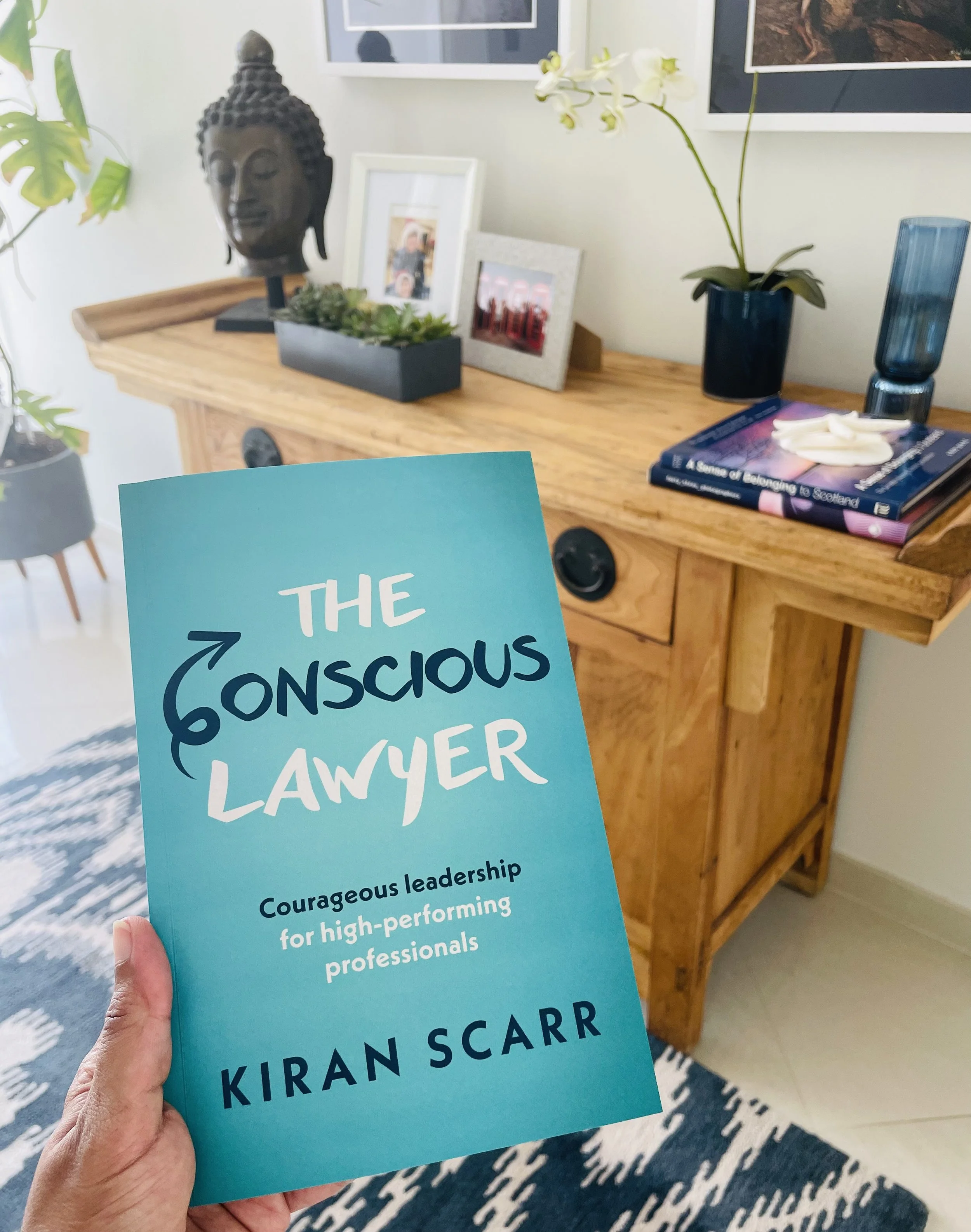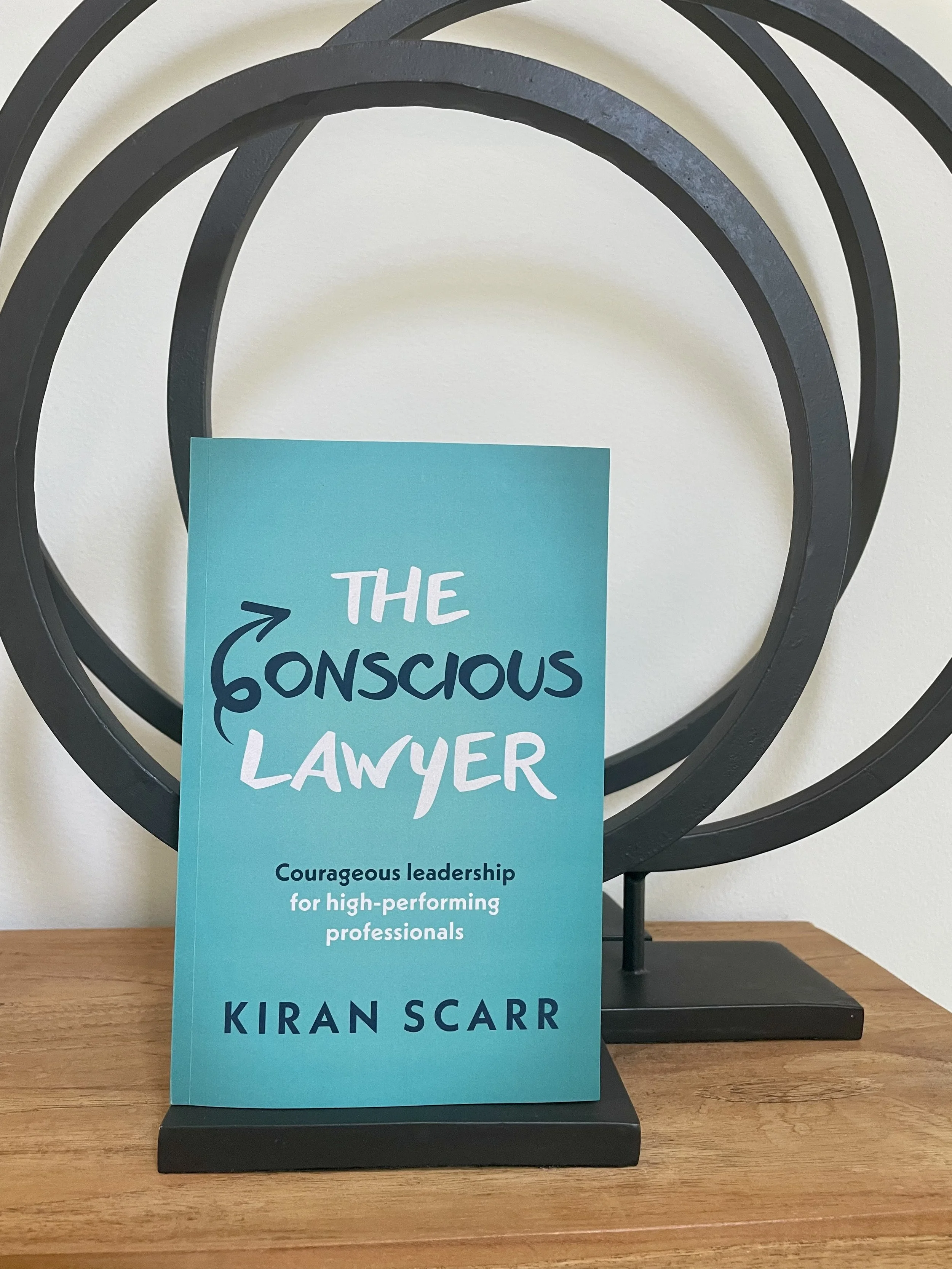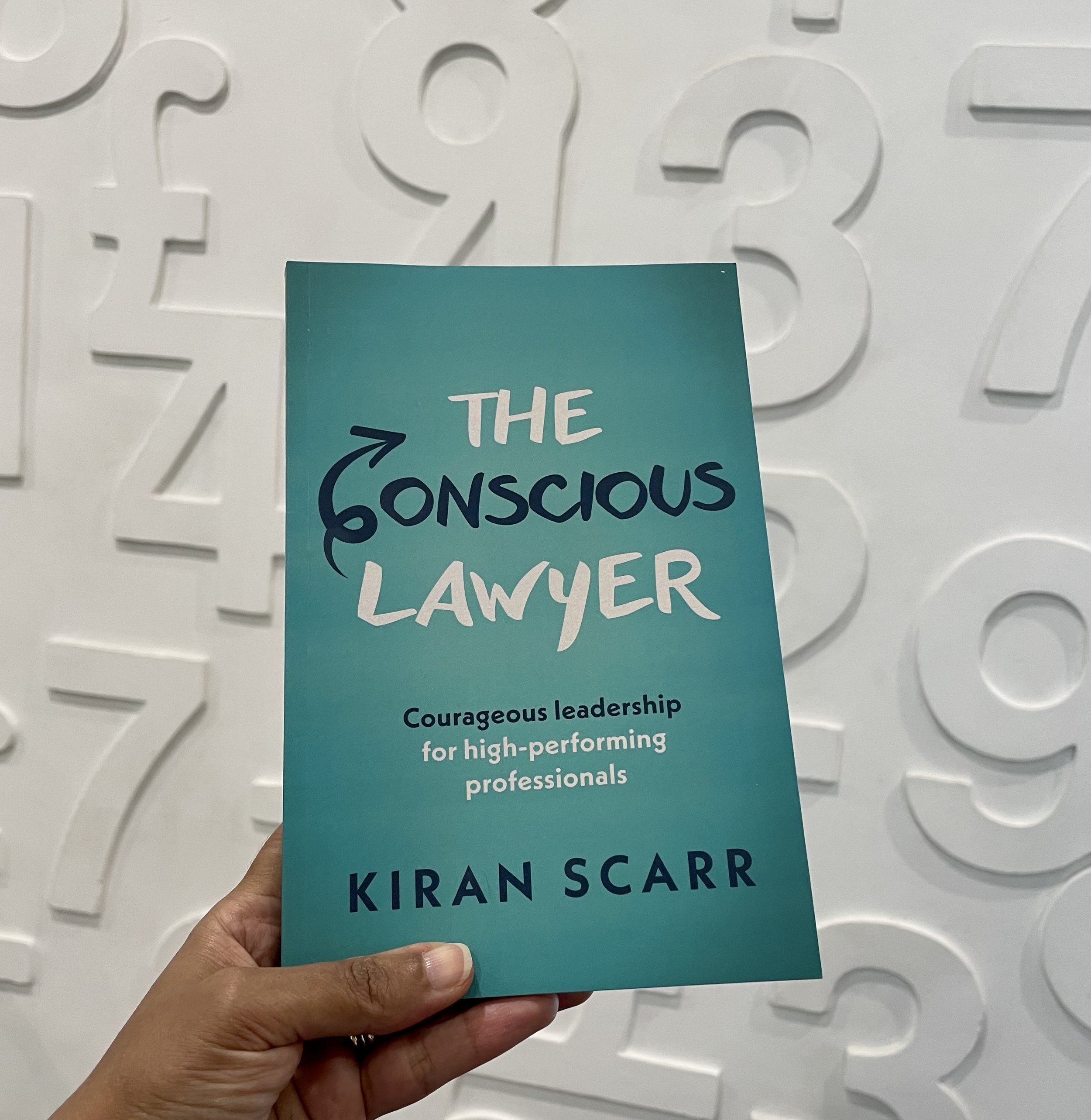
Dealing with blind spots
We all have misconceptions of who we are and how we are perceived by others. Using tools available to us, we can build a picture of the gaps between our perceived value and the value we bring. Dealing with blind spots means growing in our leadership to discover what lies unseen.
The problem of being a brand
As confident leaders, we often put our promotional energies into portraying to the outside world those aspects of ourselves we love. But what about those parts of us that hold us back? When we start to focus on the impact of our interactions, we start to see that who we are as a leader – our leadership brand – comes not from how we promote ourselves but from how we behave with people every day.
When ego stops serving us
Our source of power as a leader comes not from our title, position or authority. Our power comes from inside of us. When we submerge our egos and turn towards the deeper consciousness that sits inside us, our ability to impact others becomes unlimited.
Being a coach
Conscious leaders hold space for the people around them to grow, learn, and contribute at their highest level. In this week’s The Conscious Lawyer blog, I lift the lid on what it means to be a leader who coaches.
Being a facilitator
Conscious leaders create learning and growth in the people around them. In this week’s The Conscious Lawyer blog, I explain how we can shift from delivering results to facilitating growth.
Being an enabler
Conscious leaders see their primary role in leadership to be enabling others to fulfil their potential. In this week’s The Conscious Lawyer blog, I lift the lid on what it means to be a leader who enables others to exceed our highest expectations.
Goal setting that means something
The term ‘annual objectives’ sends shivers down the spines of most partners and senior in-house lawyers. This is because we have traditionally focused on making goals one dimensional SMART tasks. But in this there is much lost opportunity. We can take the annual objectives exercise and use it to inspire and motivate our teams to find greater meaning in life and work. And in doing so, unleash unlimited potential in the people around us.
Creating a culture of responsibility
As leaders we can often become frustrated by the burden we bear for our team members’ performance. But we are often the architects of our own misfortune. We must create the optimum environment for accountability and responsibility to thrive in order for the people around us to step up and assume responsibility for their part. We need to create a culture of proactivity.
Be a leader who coaches
When we lead consciously, we take every opportunity we can to have coaching conversations with our team members, customers, clients and stakeholders. Why? Because, when we create space for people to think, explore and ideate, we empower people to collaborate, innovate and breakthrough to higher levels of achievement.
Finding greater purpose
Traditionally, we have adopted a binary attitude to work performance that states that profit and purpose are mutually exclusive. But conscious leaders are starting to show us that we can have purpose AND profits, with change on the side. By uncovering our purpose – our reason for being – we connect to our potential to contribute at a much higher level of value. We connect to a divine calling to find greater meaning in life and work and in doing so uncover the secret to a long and happy life.
Becoming who you are
Changing how you lead to have greater impact does not mean you ‘fake it ‘til you make it’. Change does not happen by coercing ourselves into being someone we are not. Whilst we must take actions outside ourselves that demonstrate what we stand for, we cannot ignore what’s happening inside us. By evolving our own selves from the inside out, we create a stronger sense of who we are. When we close the gaps from within, we make change in ourselves possible.
Trust in leadership
Trust is critical to our effectiveness as leaders. But holding a position of authority as a leader does not mean people trust us. People will only trust us when we trust ourselves. This comes from stepping into growth mindset to better understand our ability to change. Only when we start to role-model resilience, do we connect others to their willingness to trust and grow for themselves.
Part 3: Legal Technology
In Part 3 of my interview with Ibrahim Abdel Rehim of Thomson Reuters MENA for their COO series, I share my views on trends in the market for legal technology and legal operations solutions.
Part 2: Law Firm of the Future
In Part 2 of my interview with Ibrahim Abdel Rehim of Thomson Reuters MENA for their COO series, I discuss the impact of the COVID19 pandemic on the future of law.
Part 1: The Future of Law
In Part 1 of my interview with Ibrahim Abdel Rehim of Thomson Reuters MENA for their COO series, I discuss the two fundamental differences between how lawyers deliver legal services now, and the Future of Law.
Put people first to advance the future of law
The World Economic Forum estimates that by 2025, the time spent by humans and machines on tasks at work will be equal. This marks a new equilibrium in the division of labour between human workers, robots and algorithms. As businesses accelerate the digitisation of work processes, expansion of remote working and automation of tasks, the need for new skills becomes more pronounced. This is the case particularly for law firms amidst the double disruption caused by technology advancement and the Covid-19 pandemic. Law firms must start to upskill, reskill and redeploy their talent now, to secure the future of law.
From burn out to burn bright; detoxifying your organisation
Job insecurity, prolonged discomfort and increased pressures from global economic uncertainty have meant that workplace burnout is accelerating at alarming rates. Employees frequently cite leadership pressures such as unfair treatment, unreasonable workload, low autonomy and lack of support. These structural issues are not challenges that can be reversed by resilience training or a yoga retreat. By making it a strategic imperative to eliminate toxic workplace behaviour, organisations can remove the root cause of workplace disengagement and demotivation and re-ignite their employees’ commitment to shine.
Step off the drama triangle!
In times of prolonged uncertainty, discomfort or turmoil, it is not uncommon for there to be workplace drama. Your instinct as a high-performance leader may be to step in and troubleshoot the issues as they arise. However, when you step to the side of conscious leadership, your role is to observe how your day-to-day behaviour is impacting the social dynamics of your team and affecting the quality of relationships team members have with each other. By diagnosing your role in the drama triangle and stepping out of the fray, you can help your team shift out of non-productive patterns and embrace healthier and happier ways of working together.
#Break the Bias
In gratitude of IWD today, I cannot do justice to the words of Emithal Mahmoud, UNHR Goodwill Ambassador, so I am sharing a direct link to her message: When Women Thrive, Humanity Thrives. Happy International Women’s Day 2022, courageous leaders of the future!

